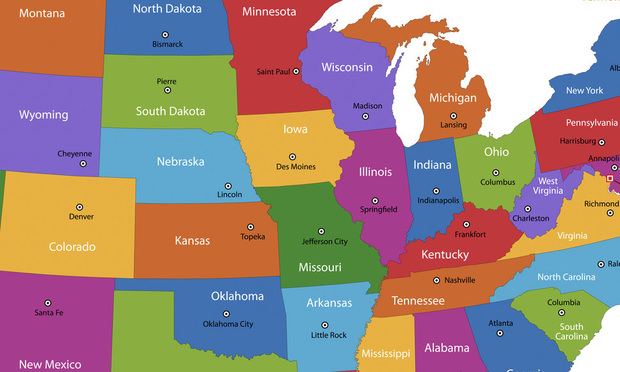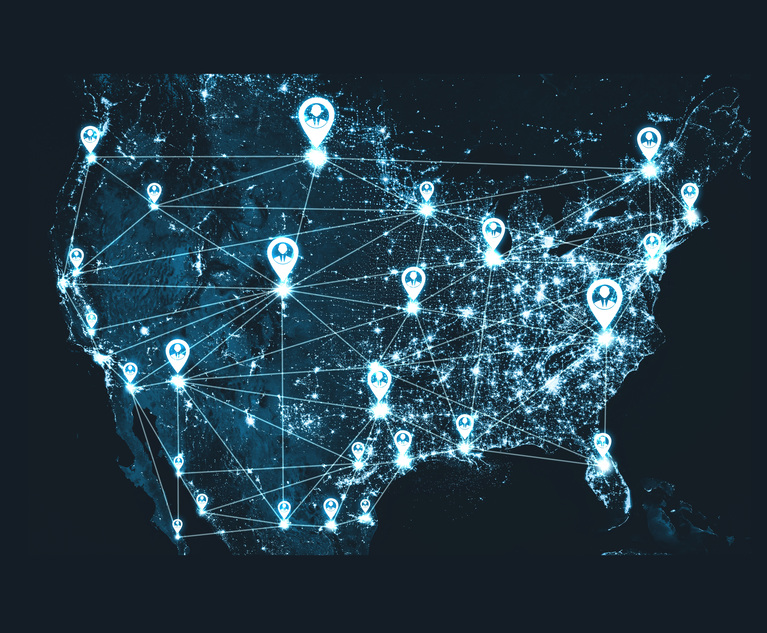The term “multijurisdictional law practice” once conjured images of a top-tier firm, starch-collared and venerable, broad and strong, transcending state boundaries to pursue the varied interests of its A-list clients. Judging from the attorneys’ problems that cross this writer’s desk, the reality is far different. The starch-collared law firms usually do not have UPL problems. Those firms already have boots on the ground where they need them these days—branch offices, local associates or other counsel who are members of the bar, authorized to act for the firm or its client. These law firms usually don’t exceed their jurisdictional limits; they often don’t have any.
Today’s multijurisdictional practice is a smaller, nimble creature. Spawned in a shrinking world, trying to stay relevant in the dizzying complexity of the modern legal business, a multijurisdictional practice is likely to be a solo or small partnership, house counsel, legal staff member, or good Samaritan swirled into the interconnectivity of the modern legal milieu. These lawyers are giving advice, signing papers, interpreting contacts, going to court, agreeing to contract terms, and otherwise acting as lawyers outside their jurisdiction. Of these, some try working with local counsel, while others are flying solo in enemy air space.


 Iryna Volina – Fotolia
Iryna Volina – Fotolia




